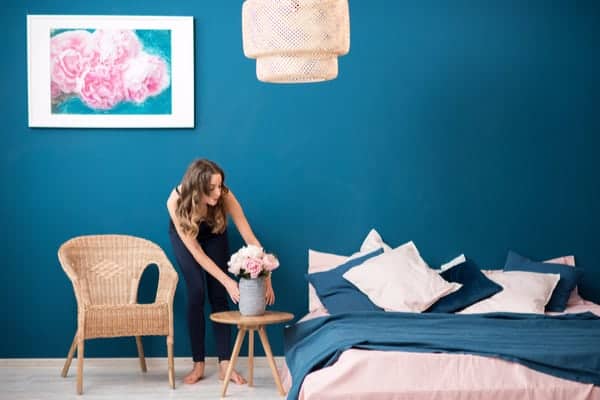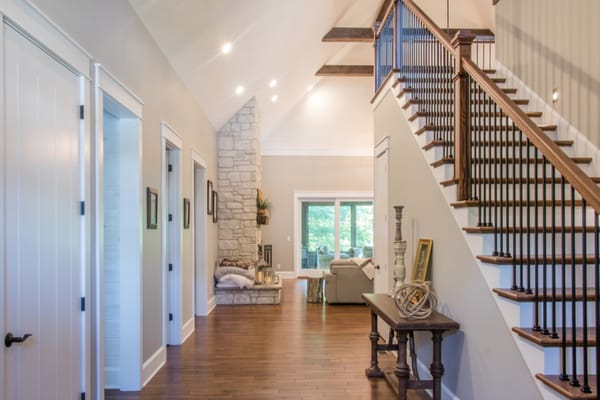After binge-watching enough HGTV, some people believe that they can take on an interior design project all on their own. Yes, it is absolutely possible to design your house on a budget. However, loads of amateur designers make mistakes without even realizing it. Here are 30 of the biggest fumbles people make the most often.

30. Trying to Keep Up With The Joneses
So many people fall into the trap of purchasing a home and comparing themselves to their neighbors. Instead of worrying about what everyone else is doing, focus on yourself. This has become even more of an issue nowadays with social media. Just because your friends have something expensive, doesn’t mean you have to, as well.






























